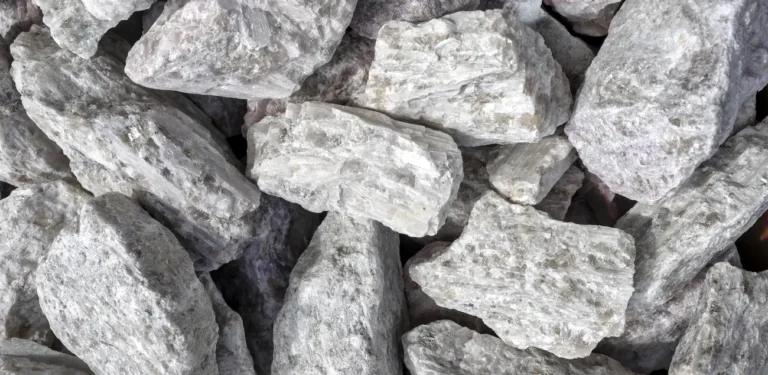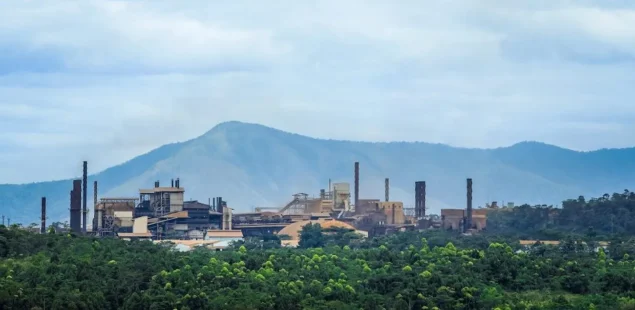
The International Aluminium Institute, a global trade body representing the world’s primary aluminum producers, reported that worldwide primary aluminum production increased 3.3% month-over-month to 6.25 million tonnes in May 2025, while annual growth reached 1.5% compared to 6.15 million tonnes in May 2024. China maintained its dominant position with 3.74 million tonnes of production, representing 60% of global output and contributing 121,000 tonnes of the monthly increase as domestic smelters operated at stable capacity utilization rates exceeding 96%.
Regional Production Dynamics Show Broad-Based Growth
Production increases occurred across all major aluminum-producing regions, with the Gulf Cooperation Council recording the largest proportional gains at 16,000 tonnes to reach 521,000 tonnes in May. European output, including Russia, expanded by 17,000 tonnes to 595,000 tonnes, while North American production increased 12,000 tonnes to 338,000 tonnes. Asia excluding China contributed 13,000 tonnes of growth to reach 411,000 tonnes, while African production added 5,000 tonnes to total 137,000 tonnes.
The synchronized production increases reflect stable operating conditions across major smelting regions, with adequate power supply and raw material availability supporting consistent capacity utilization. Daily average global aluminum production remained steady at 201,500 tonnes in May, indicating balanced supply-demand dynamics despite the monthly volume increase driven by the 31-day calendar period.
Chinese Market Conditions Support Steady Operations
China’s aluminum industry maintained stable monthly operations with no new capacity additions, production cuts, or major maintenance activities during May. The proportion of liquid aluminum sales increased significantly by 1.48 percentage points to 75.5%, primarily due to reduced casting ingot production and increased liquid aluminum sales in northern regions. This shift reflects downstream demand patterns and transportation economics favoring direct liquid metal transfers to fabrication facilities.
Chinese aluminum casting ingot production decreased 6.15% year-over-year to approximately 913,000 tonnes in May, while total domestic capacity reached 45.69 million tonnes with operating capacity of 43.91 million tonnes. The industry’s operating rate remained flat month-over-month at 96.1%, up 1.0 percentage point annually, demonstrating sustained high utilization levels across the sector.
Alumina Supply Chain Shows Mixed Performance
Global alumina production declined more than 2% month-over-month to 12.41 million tonnes in April, the most recent data available, creating potential supply chain pressures for aluminum smelters. However, Chinese metallurgical-grade alumina production increased 2.66% month-over-month and 4.06% year-over-year in May, providing adequate domestic supply for the country’s extensive smelting operations.
Alumina prices averaged $357 per metric ton in May, up 3.8% from April levels, reflecting improved demand conditions and reduced impact from recent supply improvements. The price recovery marked the first monthly increase since November 2024, supported by a 90-day reduction in US-China reciprocal tariffs and ongoing trade negotiations between the two countries.
Market Pricing Reflects Balanced Supply Conditions
London Metal Exchange three-month aluminum futures traded at $2,574.50 per tonne as of June 26, 2025, up 0.4% from the previous close, indicating stable market sentiment amid adequate supply conditions. The pricing level reflects balanced global supply-demand fundamentals, with production increases matching consumption growth across major end-use sectors including construction, transportation, and packaging applications.
Global aluminum demand continues expanding driven by infrastructure development, electric vehicle adoption, and renewable energy installations requiring lightweight materials. The metal’s recyclability and energy efficiency advantages support long-term consumption growth, while supply chain stability depends on continued access to reliable power sources and alumina feedstock.
Company Background and Market Context
The International Aluminium Institute operates as the primary global trade organization for aluminum producers, providing comprehensive market statistics and industry analysis to member companies and stakeholders. The organization’s membership includes major integrated producers such as Alcoa Corporation, Rio Tinto, Rusal, China Hongqiao Group, and Norsk Hydro, representing approximately 60% of global primary aluminum production capacity.
Chinese aluminum production concentrates among large state-owned and private enterprises including China Hongqiao Group, Xinfa Group, East Hope Group, and Chalco, which operate extensive integrated operations combining power generation, alumina refining, and aluminum smelting. These companies benefit from domestic bauxite resources, coal-fired power generation, and proximity to major consumption centers in construction and manufacturing sectors.
Primary aluminum serves as the foundation for global lightweight materials applications, with annual consumption exceeding 65 million tonnes across transportation, construction, packaging, and electrical sectors. The metal’s superior strength-to-weight ratio, corrosion resistance, and infinite recyclability make it essential for automotive lightweighting, aerospace applications, and sustainable packaging solutions. Current market dynamics reflect growing demand from electric vehicle battery housings, solar panel frames, and energy-efficient building systems, while supply expansion focuses on renewable energy-powered smelting operations to reduce carbon footprint.



